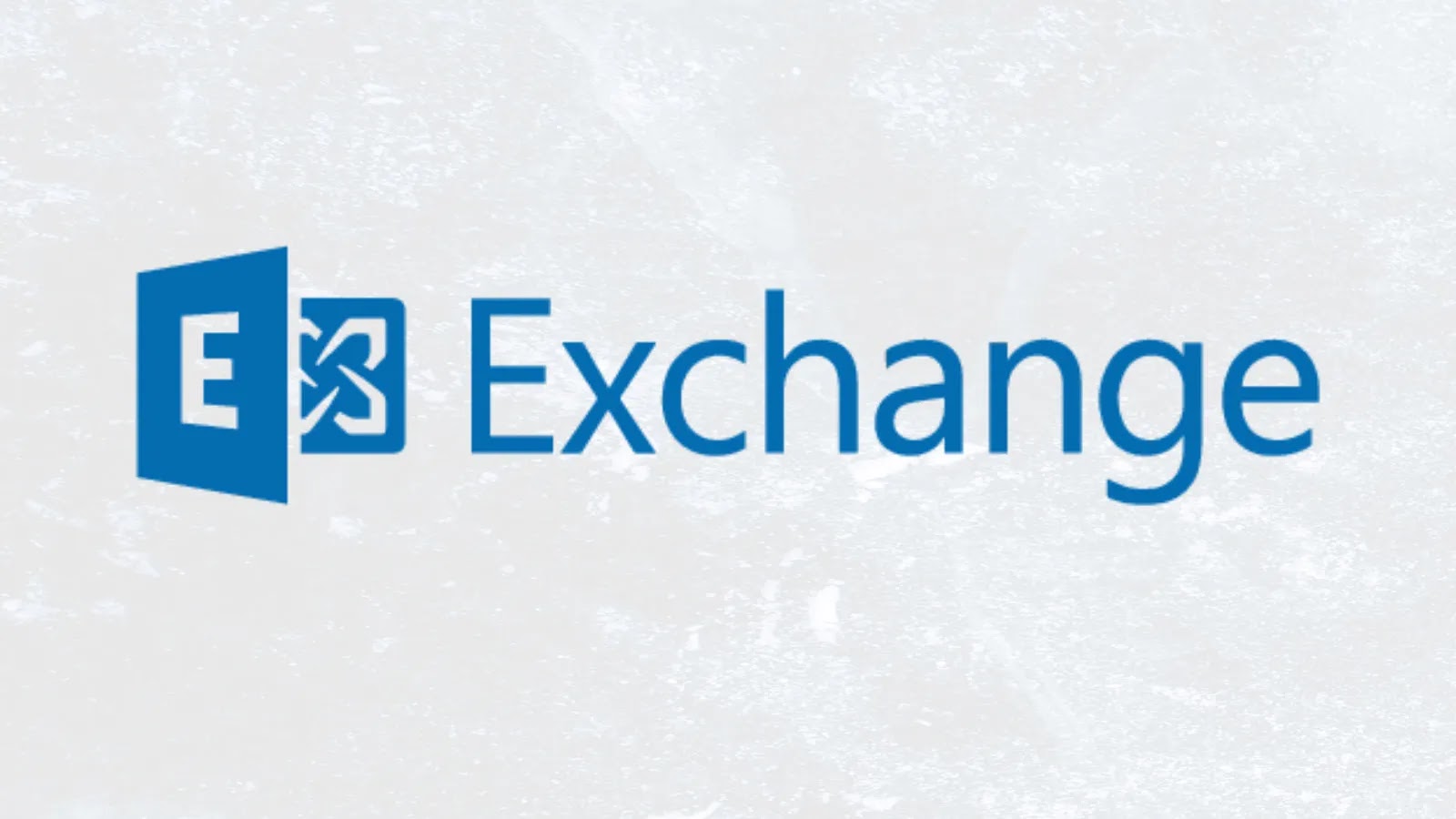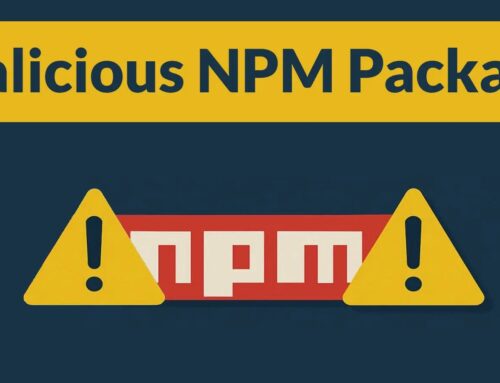
Thousands of Exchange Servers in Germany Still Running with Out-of-Support Versions
In the intricate landscape of global cybersecurity, the continued operation of unsupported software often signals a ticking time bomb. This stark reality is particularly pronounced for critical infrastructure components like email servers. A recent warning from the Federal Office for Information Security (BSI) in Germany has illuminated a deeply concerning issue: a staggering number of Exchange servers across the nation are still running versions that have reached their official end-of-life, leaving them vulnerable to a myriad of sophisticated cyber threats.
This situation heightens the risk of data breaches, operational disruptions, and significant financial repercussions for organizations relying on these precarious systems. For IT professionals, security analysts, and developers, understanding the gravity of this situation and the necessary remediation actions is paramount.
The Alarming State of German Exchange Servers
The BSI’s stark assessment, issued on October 28, 2025 (as per the source content’s stated date), revealed that an astonishing 92% of approximately 33,000 known on-premise Exchange servers with internet-exposed Outlook Web Access (OWA) in Germany are operating on out-of-support versions. This means these systems are no longer receiving vital security updates, leaving critical vulnerabilities unpatched.
The implications are dire. Without these updates, even well-known exploits can be leveraged by threat actors. This scenario creates a prime target for state-sponsored attackers, ransomware gangs, and other malicious entities looking to compromise corporate networks, steal sensitive data, or launch further attacks.
Understanding End-of-Life Software Risks
When software reaches its “end-of-life” (EOL), the vendor ceases to provide technical support, bug fixes, and, most critically, security patches. For a mission-critical application like Exchange Server, this cessation of support transforms the software into a significant attack vector. Attackers actively scan for systems running EOL software, knowing they are likely to contain unpatched vulnerabilities.
Key risks associated with running out-of-support Exchange servers include:
- Unpatched Vulnerabilities: Any newly discovered flaws or existing, publicly known vulnerabilities (even those with assigned CVEs) will remain unaddressed. This makes exploitation a relatively straightforward task for even moderately skilled attackers.
- Compliance Failures: Organizations operating EOL software often fall out of compliance with industry regulations and data protection laws (e.g., GDPR), leading to hefty fines and reputational damage.
- Incompatibility Issues: EOL software may not be compatible with newer operating systems, applications, or security tools, leading to operational inefficiencies and further security gaps.
- Lack of Technical Support: In the event of a system failure or security incident, obtaining vendor support becomes impossible, significantly complicating recovery efforts.
Historic Exchange Vulnerabilities (Examples)
The history of Microsoft Exchange Server is replete with critical vulnerabilities that have necessitated immediate patching. While the specific EOL versions in Germany were not detailed, past major incidents serve as a stark reminder of the potential impact:
- ProxyLogon Vulnerabilities (e.g., CVE-2021-26855, CVE-2021-26857, CVE-2021-26858, CVE-2021-26412): These vulnerabilities allowed attackers to bypass authentication and execute arbitrary code on vulnerable Exchange servers, leading to widespread compromises globally.
- ProxyShell Vulnerabilities (e.g., CVE-2021-34473, CVE-2021-34523, CVE-2021-31207): Similar to ProxyLogon, ProxyShell exploits enabled remote code execution and elevation of privileges.
These are just a few examples, and the list of known vulnerabilities affecting Exchange is extensive. Any out-of-support version is susceptible to not only these but also subsequent discoveries that will never receive official patches.
Remediation Actions
Addressing the issue of out-of-support Exchange servers requires immediate and decisive action. Organizations must prioritize their cybersecurity posture to avoid becoming the next high-profile breach statistic.
Immediate Steps:
- Identify All Exchange Servers: Conduct a comprehensive audit to identify all on-premise Exchange servers, specifically noting their versions and public exposure (e.g., OWA).
- Isolate and Patch (If Possible): If a server is only marginally out of support and an upgrade path to a supported version is feasible, prioritize this immediately. For genuinely EOL systems, patch any last available updates and isolate them from the internet if direct migration is not instant.
- Migrate to Supported Versions/Cloud Solutions: The most robust long-term solution is to migrate away from EOL software. This typically means upgrading to a currently supported on-premise Exchange Server version (e.g., Exchange Server 2019) or, preferably, migrating to a cloud-based solution like Microsoft 365 (Exchange Online).
- Enhanced Network Segmentation: Implement strict network segmentation to restrict communication paths for any remaining legacy systems. This can limit the lateral movement of attackers if a compromise occurs.
- Implement Advanced Threat Detection: Deploy Endpoint Detection and Response (EDR) and Security Information and Event Management (SIEM) solutions to monitor Exchange server activity for suspicious behavior, even on legacy systems.
- Regular Vulnerability Scanning: Continuously scan your external perimeter and internal networks for known vulnerabilities on Exchange servers and other critical systems.
- Decommission Non-Essential Servers: If an Exchange server is no longer critical, decommission it safely and promptly to reduce the attack surface.
Essential Tools for Detection and Mitigation:
| Tool Name | Purpose | Link |
|---|---|---|
| Microsoft Exchange Health Checker Script | Identifies known configuration issues and outdated components. | Microsoft Download Center |
| Nessus / OpenVAS | Vulnerability scanning for identifying known weaknesses in Exchange and other systems. | Nessus / OpenVAS |
| Microsoft Defender for Endpoint | Endpoint Detection and Response (EDR) for monitoring and actively defending Exchange servers. | Microsoft Security |
| SNORT / Suricata | Network intrusion detection system (NIDS) to monitor network traffic for malicious patterns targeting Exchange. | SNORT / Suricata |
The Business Imperative for Modernization
Beyond the immediate security risks, maintaining out-of-support Exchange servers carries significant operational and financial burdens. Continually patching workarounds, managing dwindling compatibility, and facing potential compliance fines are far more costly in the long run than investing in modernization.
Migrating to cloud-based solutions like Exchange Online offers numerous benefits, including automatic security updates, enhanced scalability, improved disaster recovery, and reduced on-premise maintenance overhead. For organizations committed to on-premise, upgrading to the latest supported Exchange Server version provides a stable, secure, and compliant foundation.
Conclusion
The BSI’s warning concerning thousands of out-of-support Exchange servers in Germany is a critical wake-up call for organizations globally. The continued operation of these unpatched systems represents an unacceptable level of risk in today’s threat landscape. Proactive identification, rapid migration to supported platforms or cloud solutions, and the implementation of robust cybersecurity controls are not merely recommendations; they are immediate necessities. Failure to act decisively puts sensitive data, business operations, and organizational reputation at severe risk, demonstrating that the cost of inaction far outweighs the investment in modernization.





